

Trials of Life - Season 1 Episode 12 Continuing the Line
Season - Episode
-
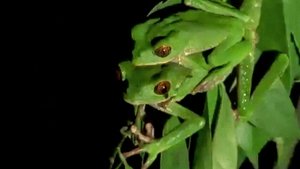 1 - 1Arriving Oct 04, 1990
1 - 1Arriving Oct 04, 1990 -
 1 - 2Growing Up Oct 11, 1990
1 - 2Growing Up Oct 11, 1990 -
 1 - 3Finding Food Oct 18, 1990
1 - 3Finding Food Oct 18, 1990 -
 1 - 4Hunting and Escaping Oct 25, 1990
1 - 4Hunting and Escaping Oct 25, 1990 -
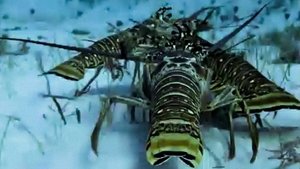 1 - 5Finding the Way Nov 01, 1990
1 - 5Finding the Way Nov 01, 1990 -
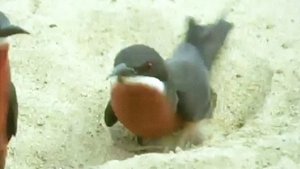 1 - 6Home Making Nov 08, 1990
1 - 6Home Making Nov 08, 1990 -
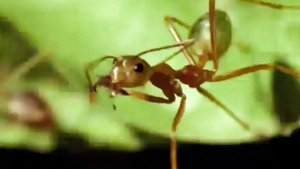 1 - 7Living Together Nov 15, 1990
1 - 7Living Together Nov 15, 1990 -
 1 - 8Fighting Nov 22, 1990
1 - 8Fighting Nov 22, 1990 -
 1 - 9Friends and Rivals Nov 29, 1990
1 - 9Friends and Rivals Nov 29, 1990 -
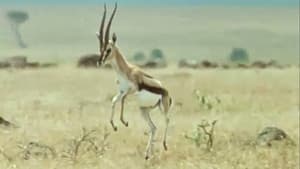 1 - 10Talking to Strangers Dec 06, 1990
1 - 10Talking to Strangers Dec 06, 1990 -
 1 - 11Courting Dec 13, 1990
1 - 11Courting Dec 13, 1990 -
 1 - 12Continuing the Line Dec 20, 1990
1 - 12Continuing the Line Dec 20, 1990
-
 0 - 1The Making Of The Trials Of Life Jan 01, 1970
0 - 1The Making Of The Trials Of Life Jan 01, 1970
Overview
The final installment illustrates how species fulfill their ultimate raison d'être and ensure that their genes are passed on to the next generation. It is a universal problem, but one which has given rise to a variety of solutions. Barnacles cannot move, but each has both male and female sex cells, allowing each neighbour to be a potential mate. On the other end of the scale, a female elephant undergoes a long pregnancy - 22 months - and so wishes to ensure that her calf is fathered by a strong and proven male. She is therefore very choosy about her partner. A female chinchilla is even more so, and rejects an unwanted suitor by squirting urine in its face. Mating is a dangerous business when weapons are involved, and a male tarantula approaches his intended with trepidation. Only when he succeeds in holding off her poison fangs is he able to progress any further. For some, the right moments to get together are few and far between: a male crab, for example, must wait until a female moults her shell before he is able to fertilise her. Male sea lions are shown fighting over a harem, and some use the battle to their advantage by making off with reluctant females. Attenborough observes that the monogamous relationships enjoyed by humans are rare within the animal kingdom, but he highlights the Royal albatross as a "beautiful" exception. The pair of birds featured met as five-year-olds, and have been together for twenty years.
















